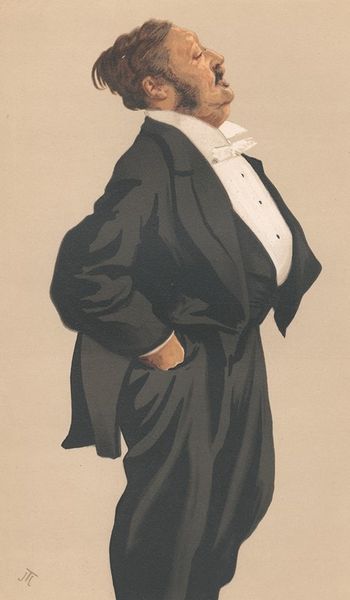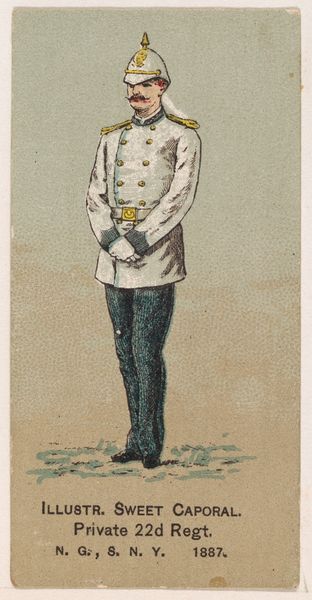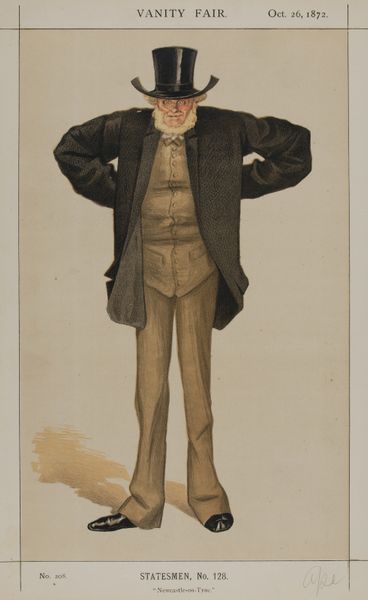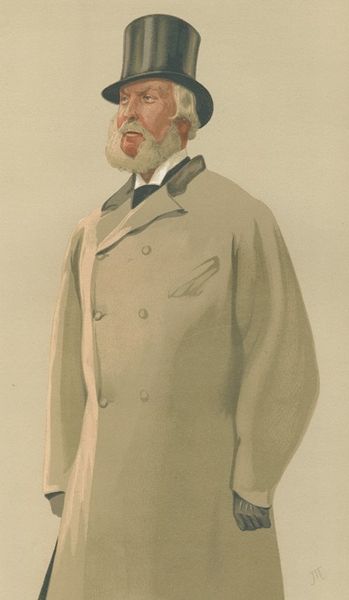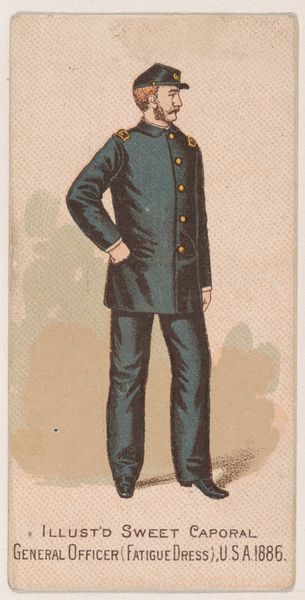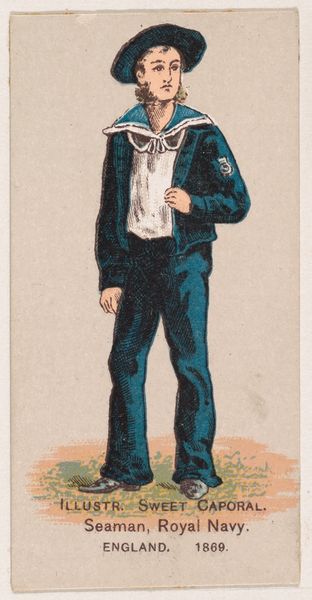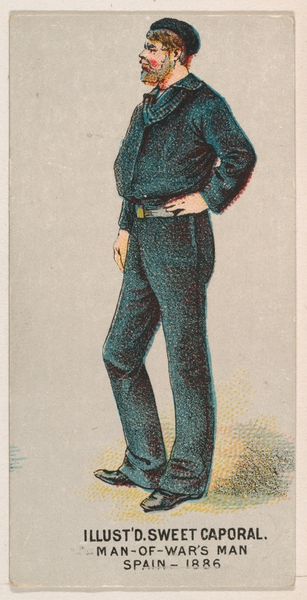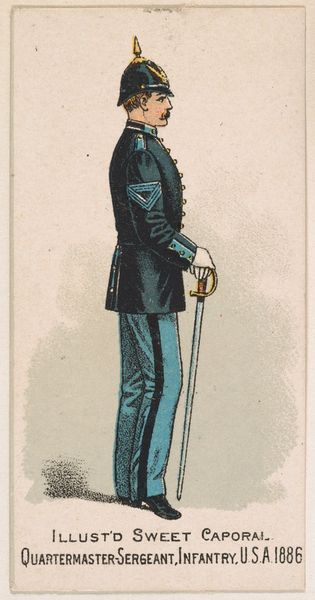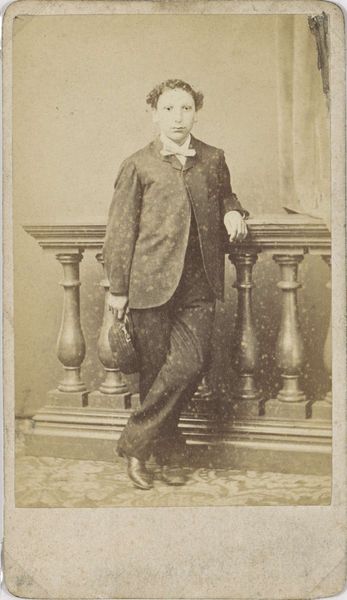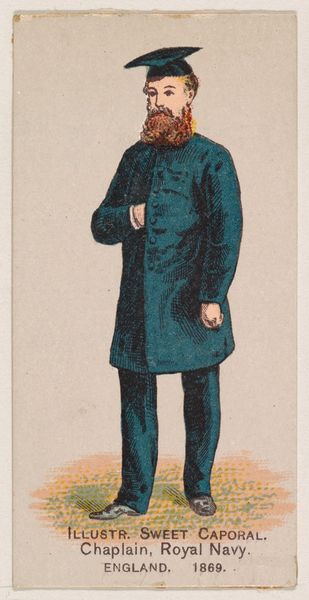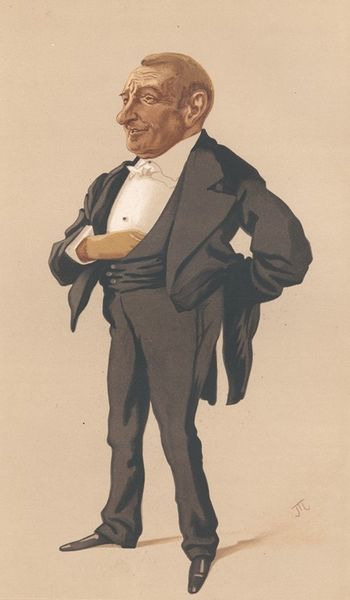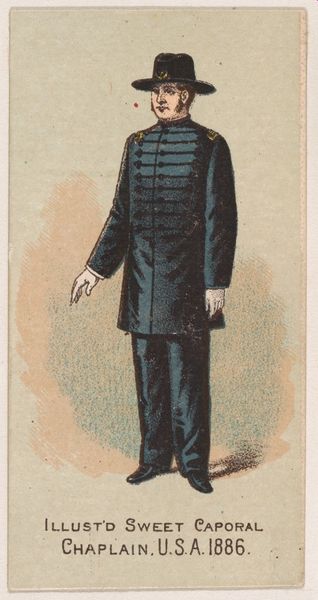![The Commader in Chief in India [General Sir Frederick Paul Haines], Military and Navy, from Vanity Fair, March 25, 1876 by James Tissot](/_next/image?url=https%3A%2F%2Fd2w8kbdekdi1gv.cloudfront.net%2FeyJidWNrZXQiOiAiYXJ0ZXJhLWltYWdlcy1idWNrZXQiLCAia2V5IjogImFydHdvcmtzLzRkMjI0YmVkLTI0NzgtNGRjYS1hYzJlLWY4NjI0NGNlOGJkZi80ZDIyNGJlZC0yNDc4LTRkY2EtYWMyZS1mODYyNDRjZThiZGZfZnVsbC5qcGciLCAiZWRpdHMiOiB7InJlc2l6ZSI6IHsid2lkdGgiOiAxOTIwLCAiaGVpZ2h0IjogMTkyMCwgImZpdCI6ICJpbnNpZGUifX19&w=1080&q=75)
The Commader in Chief in India [General Sir Frederick Paul Haines], Military and Navy, from Vanity Fair, March 25, 1876 1876
0:00
0:00
drawing
#
portrait
#
drawing
#
low key portrait
#
portrait subject
#
portrait reference
#
portrait head and shoulder
#
portrait drawing
#
facial portrait
#
portrait art
#
fine art portrait
#
celebrity portrait
#
digital portrait
Copyright: Public Domain: Artvee
This is James Tissot’s lithograph of General Sir Frederick Paul Haines, made for Vanity Fair in 1876. The commanding figure stands before us, rendered in muted tones, save for the bright crimson ribbon. It's a composition of carefully arranged shapes. The portrait's structure reveals a tension between representation and symbolism. Tissot uses line and color not merely to depict, but to subtly convey status and authority. The general’s composed posture, hands in pockets, suggests a casualness undermined by the formal attire and decorations. We see a semiotic dance, where signs of power are both asserted and understated. Ultimately, it is the work’s formal restraint that speaks volumes. The controlled palette and precise lines create an image that is both a portrait of an individual and a commentary on the structures of power within the British Empire. It invites us to consider how visual forms shape our understanding of authority and identity.
Comments
No comments
Be the first to comment and join the conversation on the ultimate creative platform.
